The V12 engine is legendary for powering the world’s fiercest supercars and the most sophisticated luxury sedans. This isn’t a powerplant you’ll find in any regular car; it’s far too expensive, sophisticated, refined, and thirsty for us ordinary folk.
It’s not without reason that the V12 is considered the best engine for use in high-end cars. V12 units are inherently well-balanced, running smoother and potentially quieter than other engine layouts. Not that they’re always particularly quiet – fine-tuning the exhaust can make even the most docile V12 sound like a fighter jet at full blast.
Let’s explore some of the best cars ever fitted with a monstrous V12 under the hood.
TVR Cerbera Speed 12
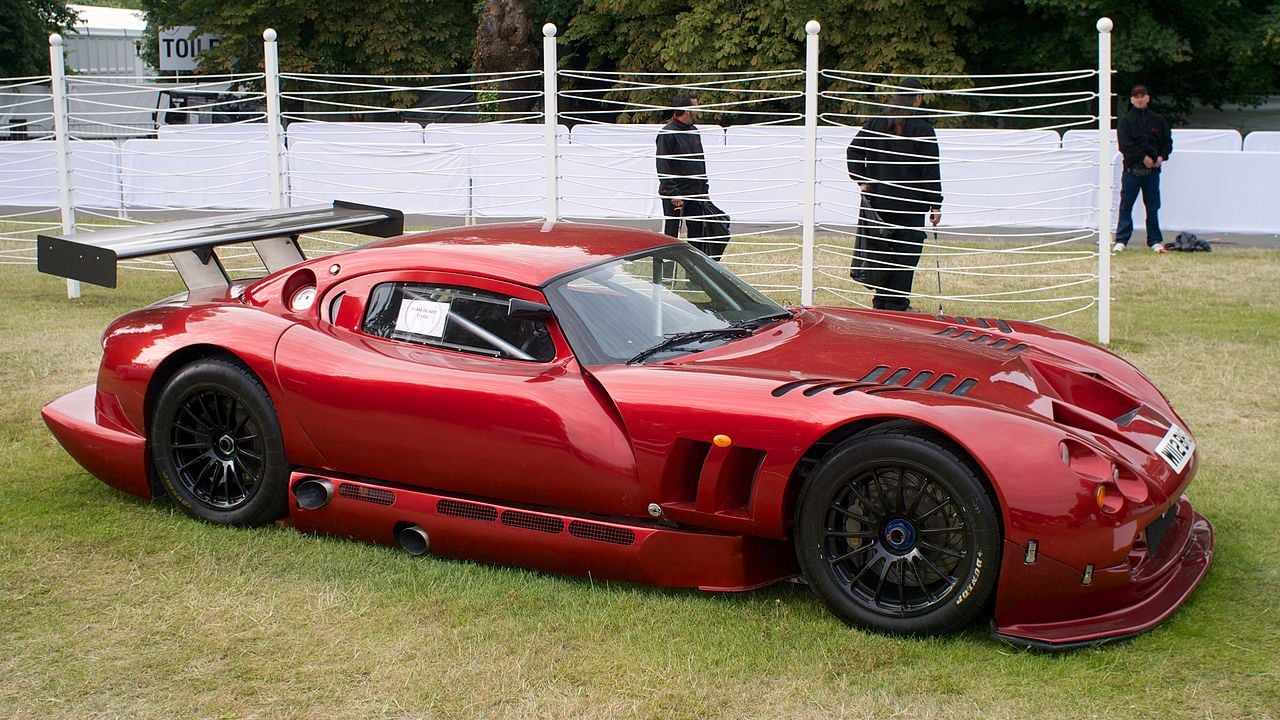
TVR built the Cerbera Speed 12, originally known as the Project 7/12, to be the world’s fastest road car. It would also be the basis for TVR’s GT1 endurance racer, but they shut down that project when the rules changed.
TVR boss Peter Wheeler then decided that the Cerbera Speed 12 was too dangerous to end up in the hands of mere mortals. The car’s 7.7-liter V12 engine allegedly broke a dyno rated for 1000 horsepower. TVR only built one car and then sold it to a buyer who had to be vetted by Peter Wheeler.
McLaren F1
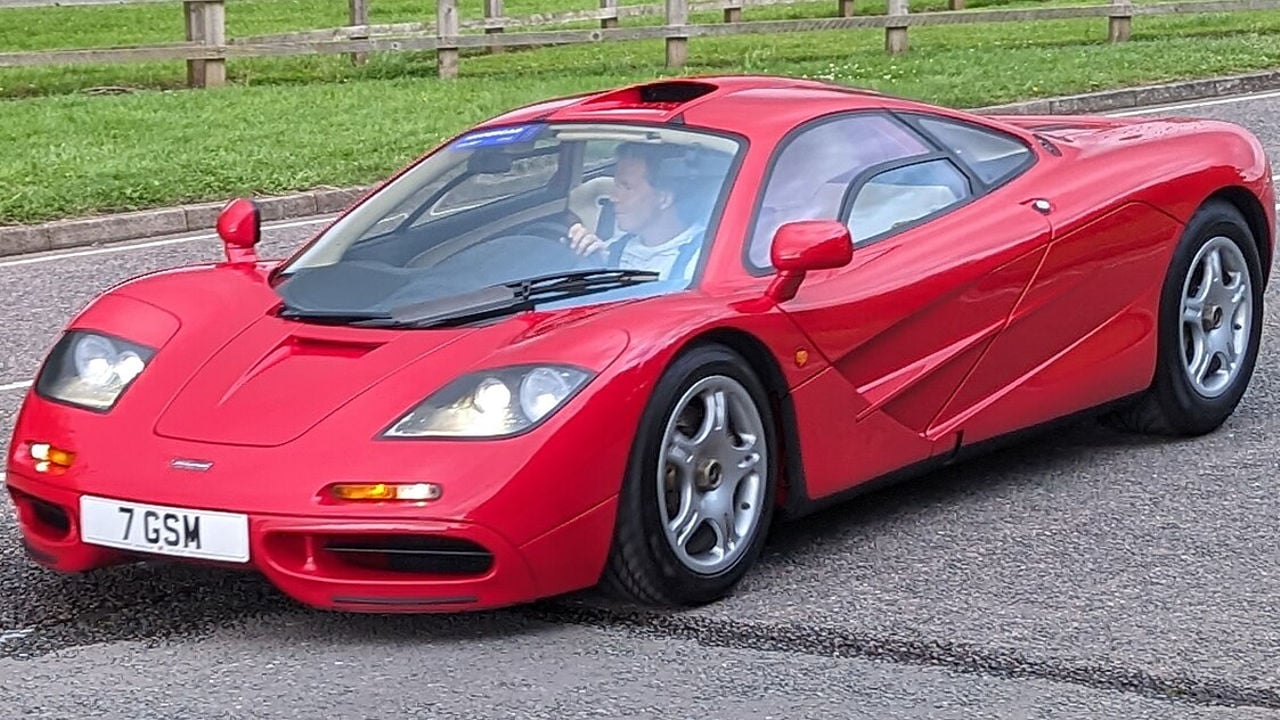
The McLaren F1 is one of the most iconic supercars ever made. It features a 6.1-liter V12 engine developed by BMW, a gold-covered engine bay, a central driving position, and reasonable luggage space.
Most importantly, thanks to its 630-horsepower engine, it’s still the world’s fastest naturally aspirated car, with a top speed of 240.1 mph – a record it has held since March 1998.
Bugatti EB110
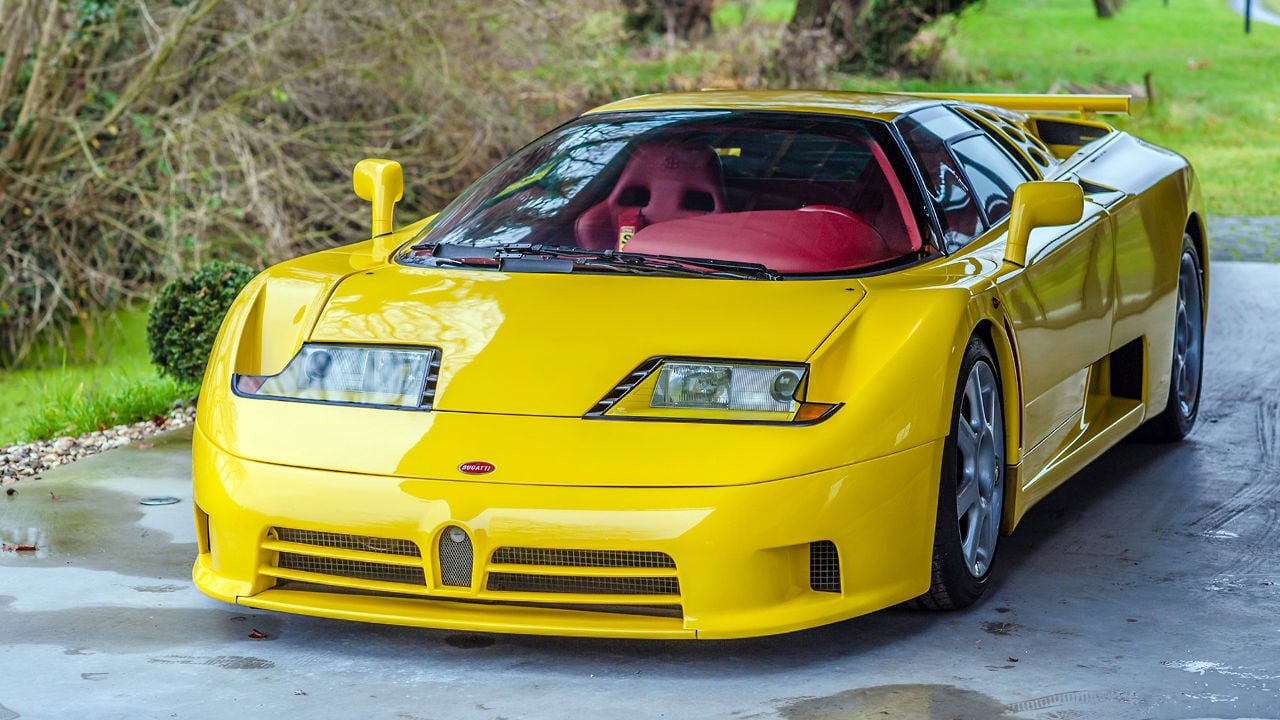
In the 1990s, French carmaker Bugatti made a brief but very impressive comeback. Bugatti named the EB110 after the founder, Ettore Bugatti, and 110 was to celebrate what would’ve been his 110th birthday.
The EB110 had a 3.5-liter quad-turbocharged V12 engine that pumped out 550 French horses, and a Super Sport model produced over 600 horsepower. For a short time, the EB110 was the world’s fastest car. It accelerated from 0 to 60 mph in 3.2 seconds and had a top speed of 216 mph, and the Super Sport did 221 mph. Those are still solid numbers today.
Ferrari 812 Superfast
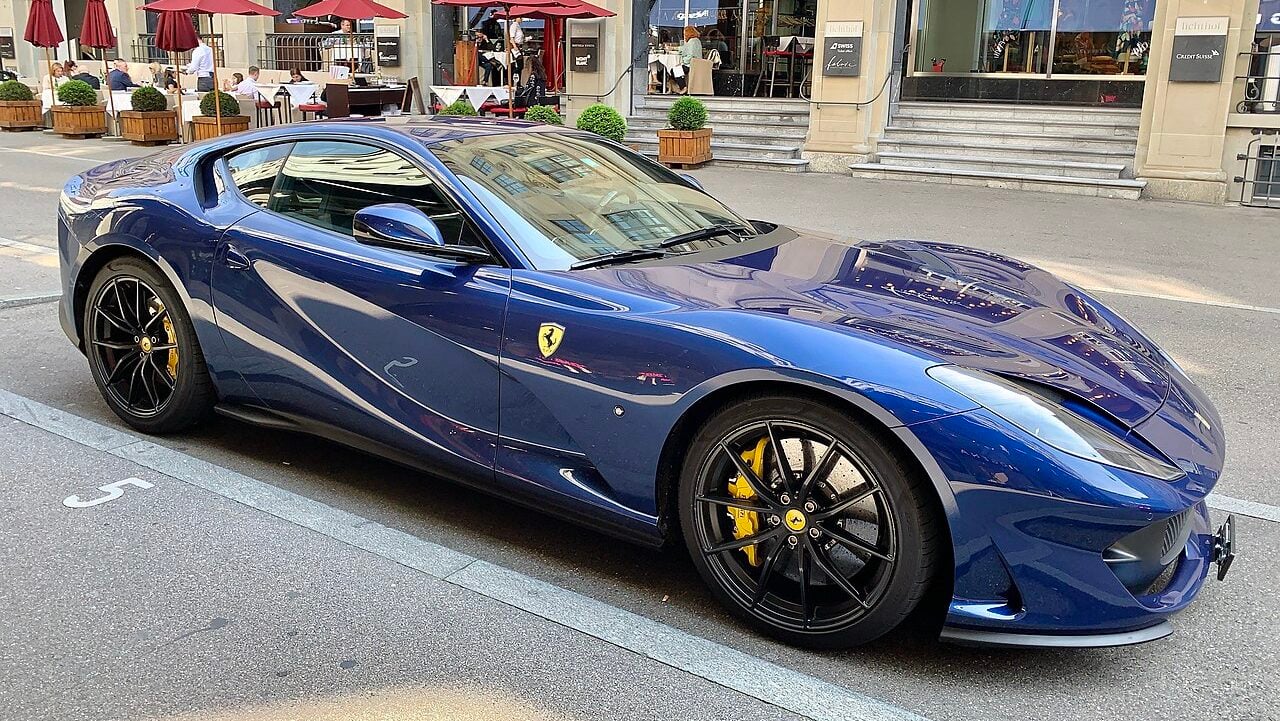
The Ferrari 812 Superfast is one of the meanest machines ever emerging from Maranello. Under its long hood, it hides a 6.5-liter V12 engine that develops 789 prancing Italian horses. When burying the loud pedal, it literally screams all the way to its 9,000 rpm redline.
You’re forgiven for thinking that the 812 Superfast is a pure track weapon – it certainly can be – but Ferrari claims it’s a grand tourer. It all depends on your driving style.
Jaguar XJ13
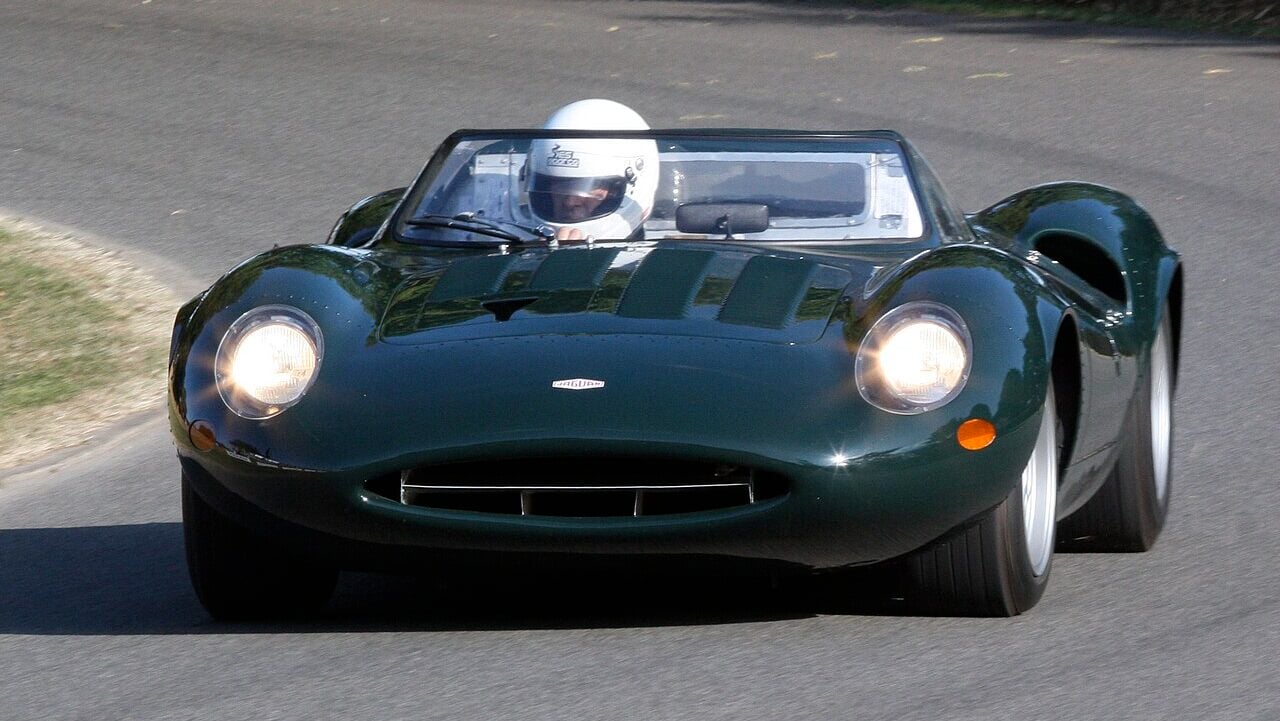
In the mid-1960s, Jaguar set its sights on the top spot of the Le Mans podium, and the gorgeous, mid-engined XJ13 was the car they built to achieve success. Unfortunately, things didn’t go as planned.
By the time the prototype was ready for testing, Ford had built the legendary 7.0-liter GT40, and tests confirmed that the XJ13 wasn’t competitive. Jaguar axed the project and put the obsolete race car in storage. In 1971, the XJ13 was in an accident at the MIRA test track and was later rebuilt.
Mercedes-Benz CLK GTR Straßenversion
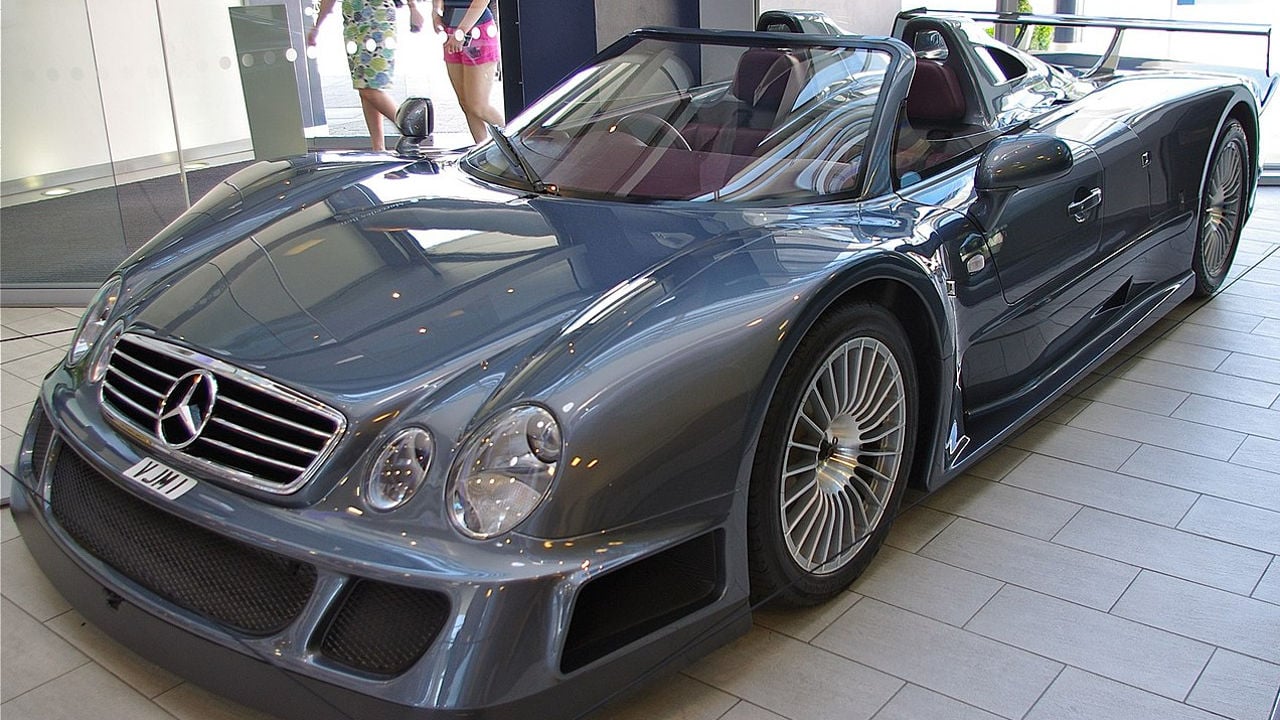
Mercedes-Benz built the CLK GTR Straßenversion to satisfy FIA GT1 endurance-racing homologation rules. The car looks nothing like the regular CLK that was displayed in Mercedes dealerships at the time.
The Straßenversion was Mercedes’s race car’s road-going version, and only 30 units were built. The engine was a 6.9-liter V12 that sent 605 horsepower to the rear wheels, ensuring that the GTR could accelerate to 62 mph in 3.8 seconds and onward to a top speed of 214 mph.
Pagani Zonda
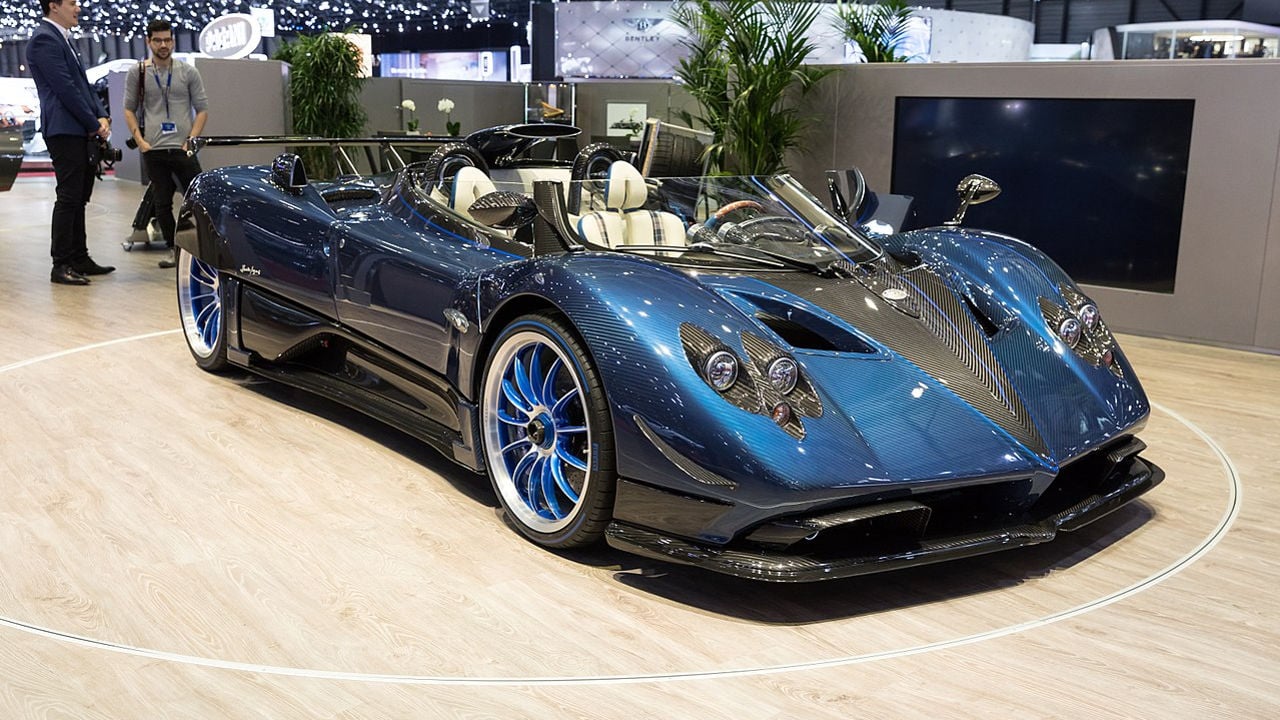
Pagani stepped onto the supercar scene with the Zonda in the 1990s. As a small, boutique manufacturer, they didn’t have the resources to develop their own engines and instead went with the 6.0-liter V12 from Mercedes-Benz.
The Merc V12 had previously been used in the SL600, but AMG worked its magic on it before sending it to Pagani. It produced roughly 400 horsepower in the Zonda C12, but it increased to almost double that in the 790 horsepower Zonda Revolución from 2012.
Aston Martin DB7 V12 Vantage
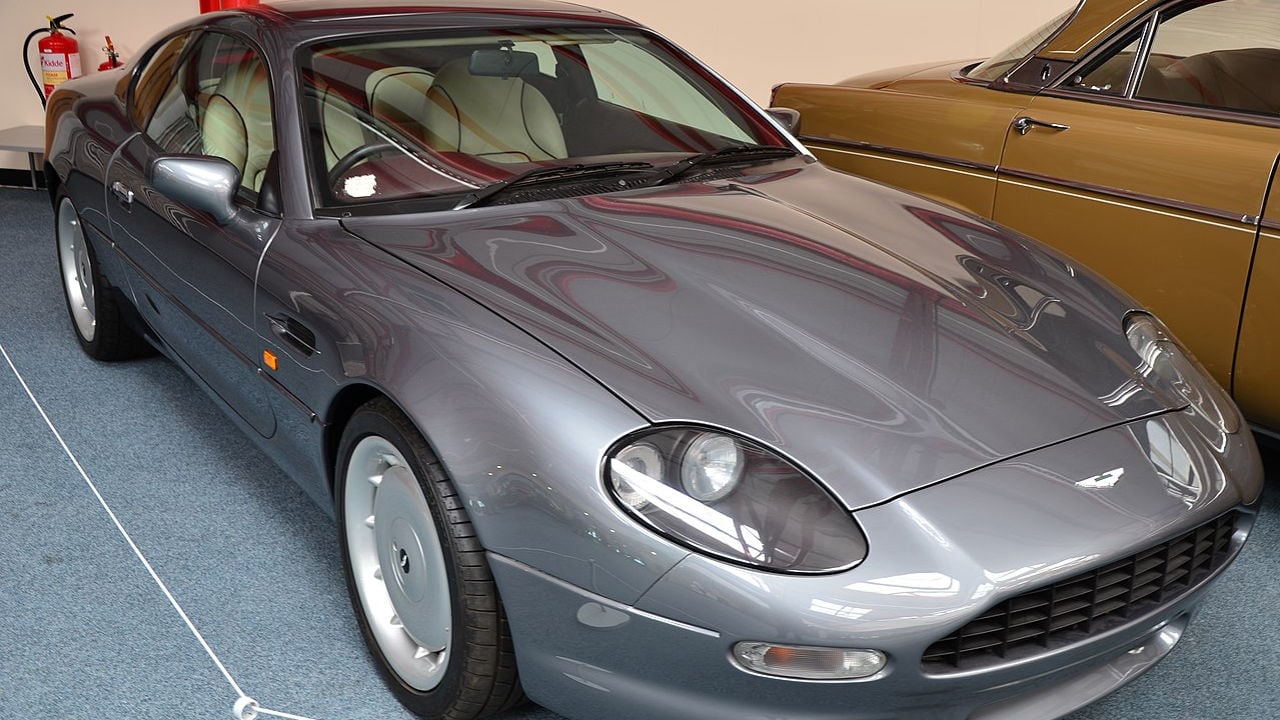
The Aston Martin DB7 marked the legendary British automaker’s return to its former self. A supercharged six-cylinder unit powered the first cars, but in 1999, Aston introduced something a bit more special.
Aston’s DB7 V12 Vantage had a 5.9-liter V12 engine with 420 horsepower and 400 lb-ft of torque. With the manual transmission, it reached 60 mph in 4.9 seconds and had a top speed of 186 mph.
Toyota Century

So far, we’ve only mentioned performance cars, but speed isn’t the Toyota Century’s strong suit. It’s the only road-going Japanese car fitted with a V12 engine, and it was a massive hit with Japanese politicians, business people, and shady men from the underworld.
The Toyota 1GZ-FE 5-liter V12 takes advantage of the engine layout’s refinement. The V12 is famous for being perfectly balanced, so the V-shaped 12-cylinder wonder certainly isn’t a one-trick pony.
BMW 850CSi
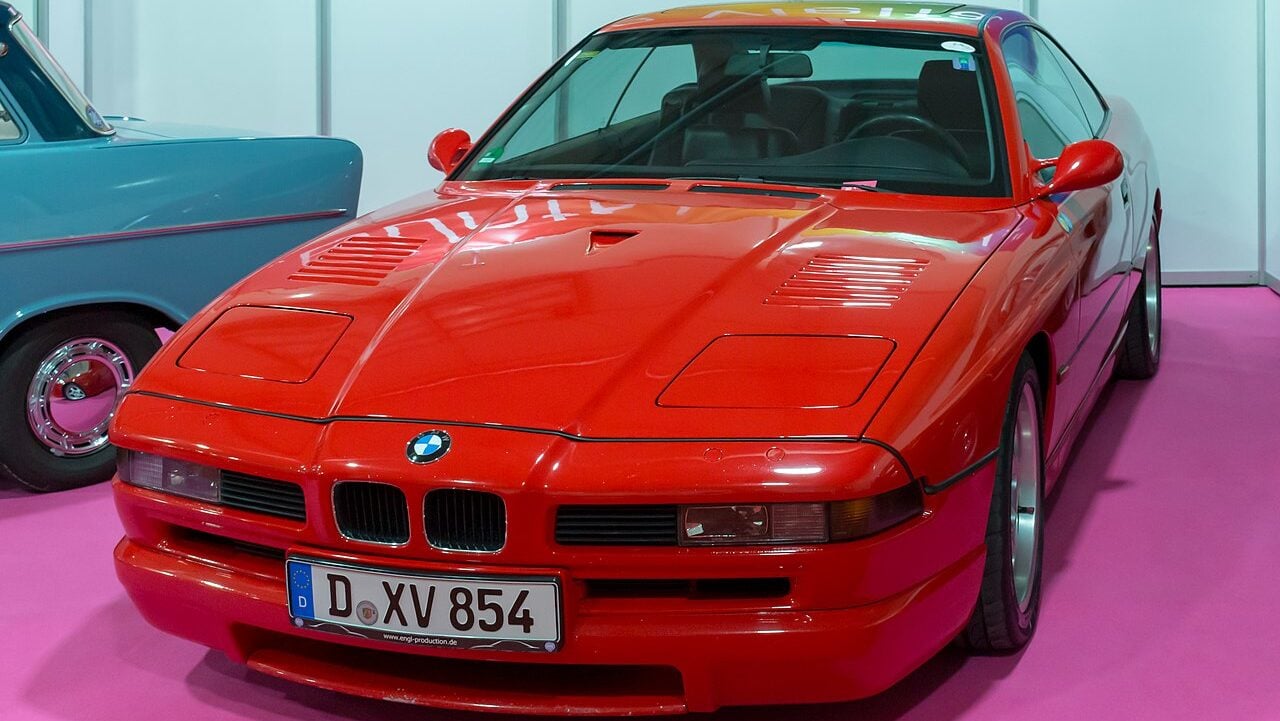
In 1987, BMW introduced the V12-powered 750i, and in 1990, the 5.0-liter unit found its way under the hood of the stylish, wedge-shaped 8-Series coupe. Unfortunately, the Bavarians never built a proper M8, but they did make the 850CSi.
Whereas the standard 850 had a 5.0-liter engine with 300 horsepower, the 850CSi had a 5.6-liter V12 with 375 horses. The Bimmer coupe accelerated from 0 to 60 mph in 5.9 seconds.
Rolls-Royce Phantom
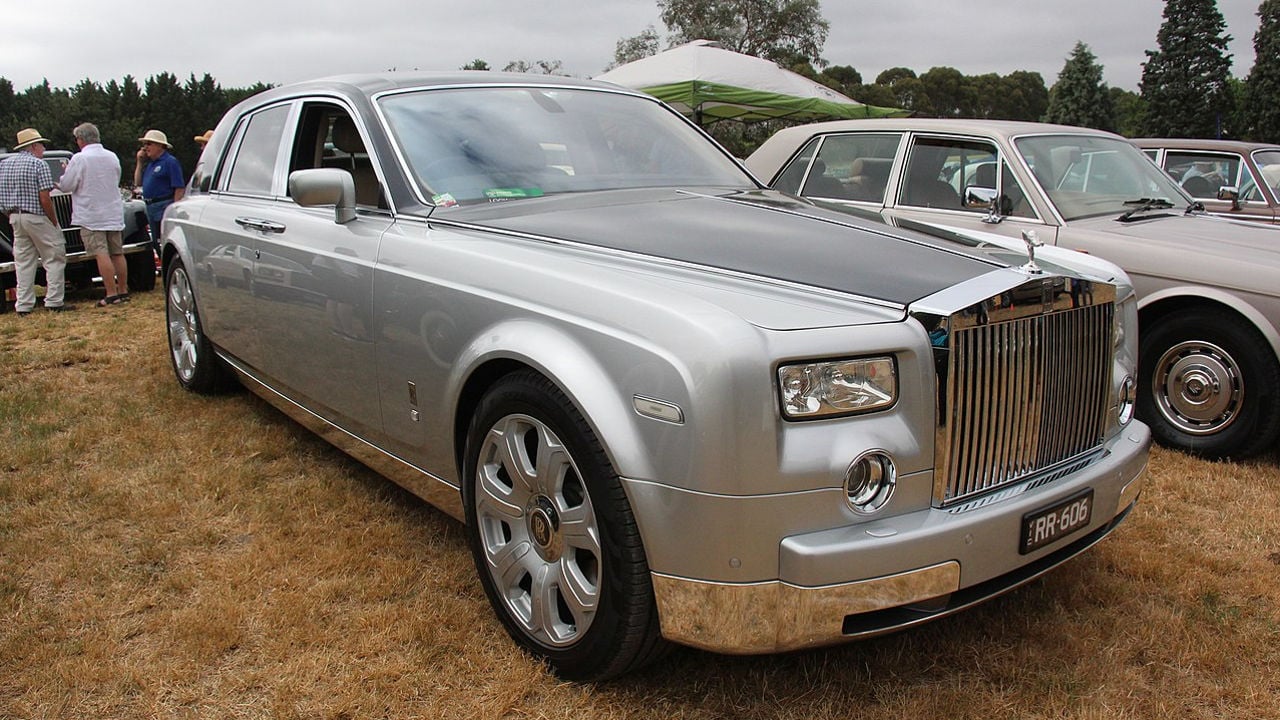
When BMW took over Rolls-Royce in 1998, they reintroduced the brand to the V12 engine, as Rolls-Royce had used mainly V8s since WWII. The seventh-gen Phantom was the first model 100% developed under BMW ownership, and a 6.75-liter V12 sat under its long hood.
The engine earned its status as one of the most refined units ever made, and Rolls-Royce famously replaced the tachometer with a “power reserve” gauge that showed how much of the engine’s power you still had left to play with.
Ferrari F50
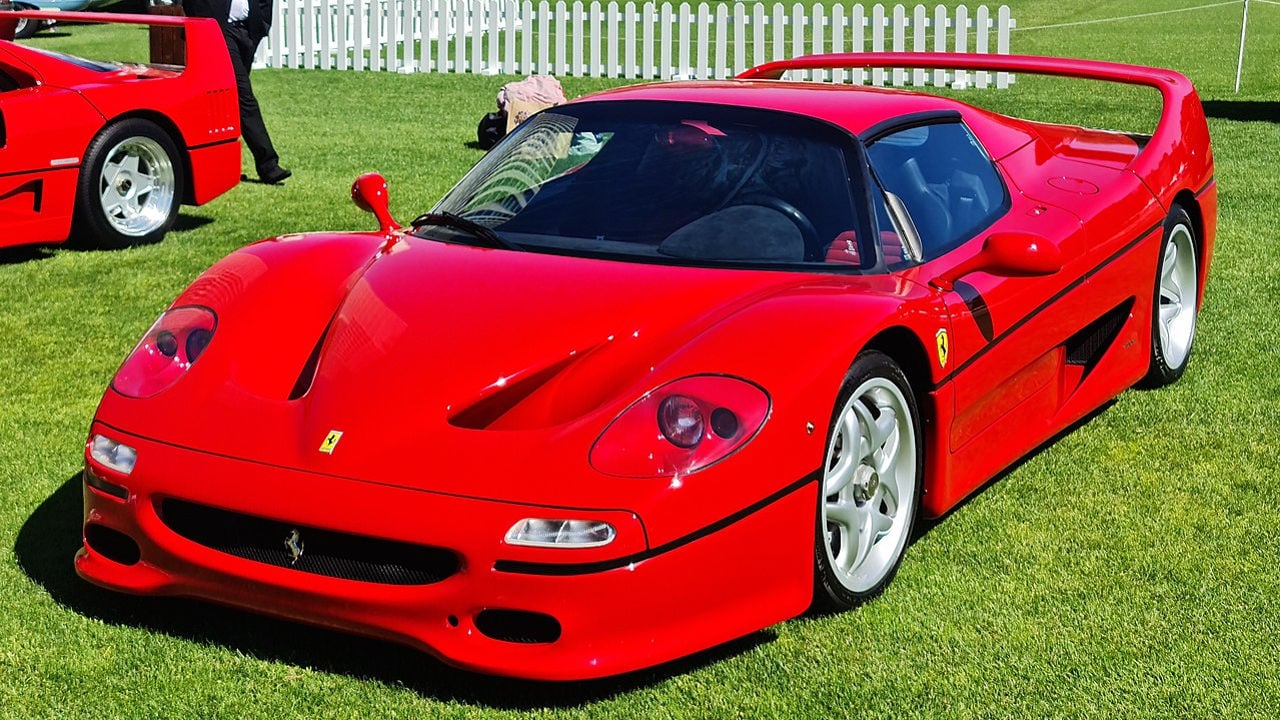
When it first arrived, the Ferrari F50 wasn’t as popular as it should’ve been. Being the F40’s successor was never going to be an easy task, and it’s only recently that Ferrari enthusiasts recognized the flagship supercar’s hidden charm.
The F50 has a 512-horsepower 4.7-liter naturally aspirated V12, and it was no ordinary V12. It’s derived from the unit Ferrari used in its 1990 Formula One race car but connected to a manual transmission.
Aston Martin V12 Vantage
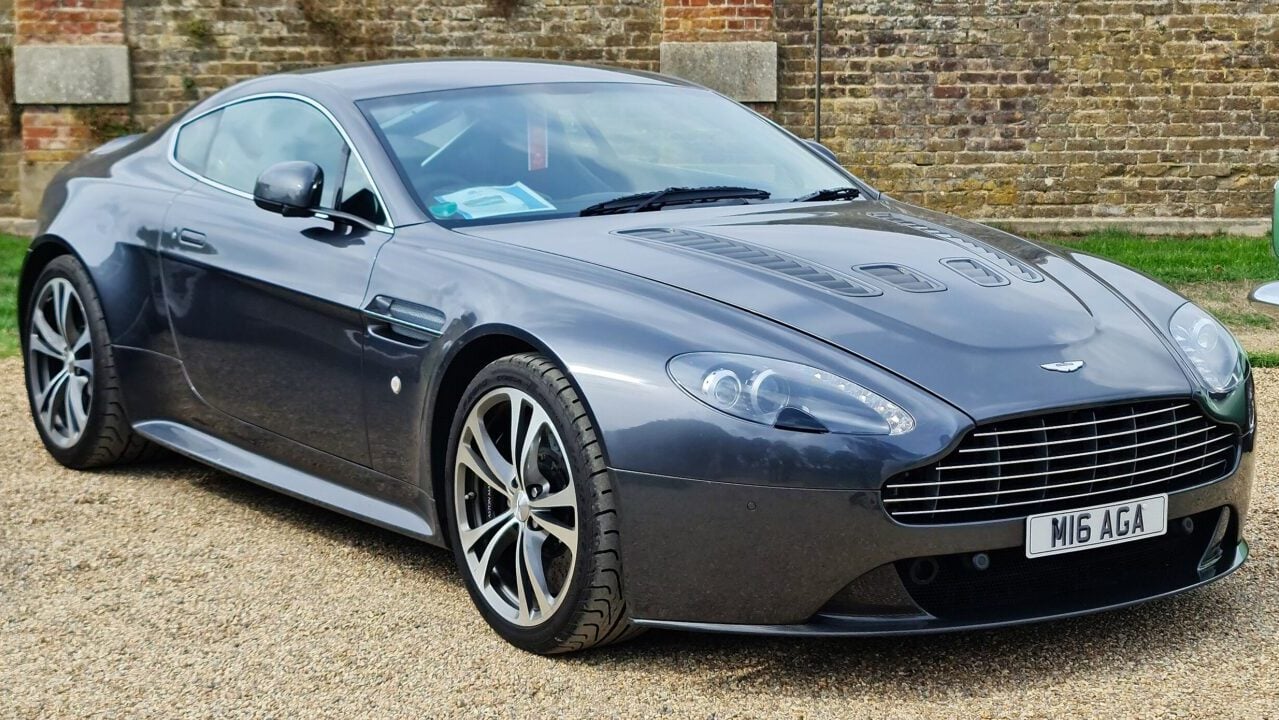
The Aston Martin Vantage arrived in 2005, and it’s undoubtedly one of the best models the British company has ever made—especially the V12 version that was available in 2009. With its excellent chassis and beautiful styling, the V12 Vantage is one of the best driver’s cars available.
Early cars had an automated manual transmission, and the 5.9-liter engine produced 510 horsepower. The later V12 S made 565 horsepower, and the V600 had 595 horsepower. It doesn’t matter which version you pick—they’re all great!
Jaguar E-Type
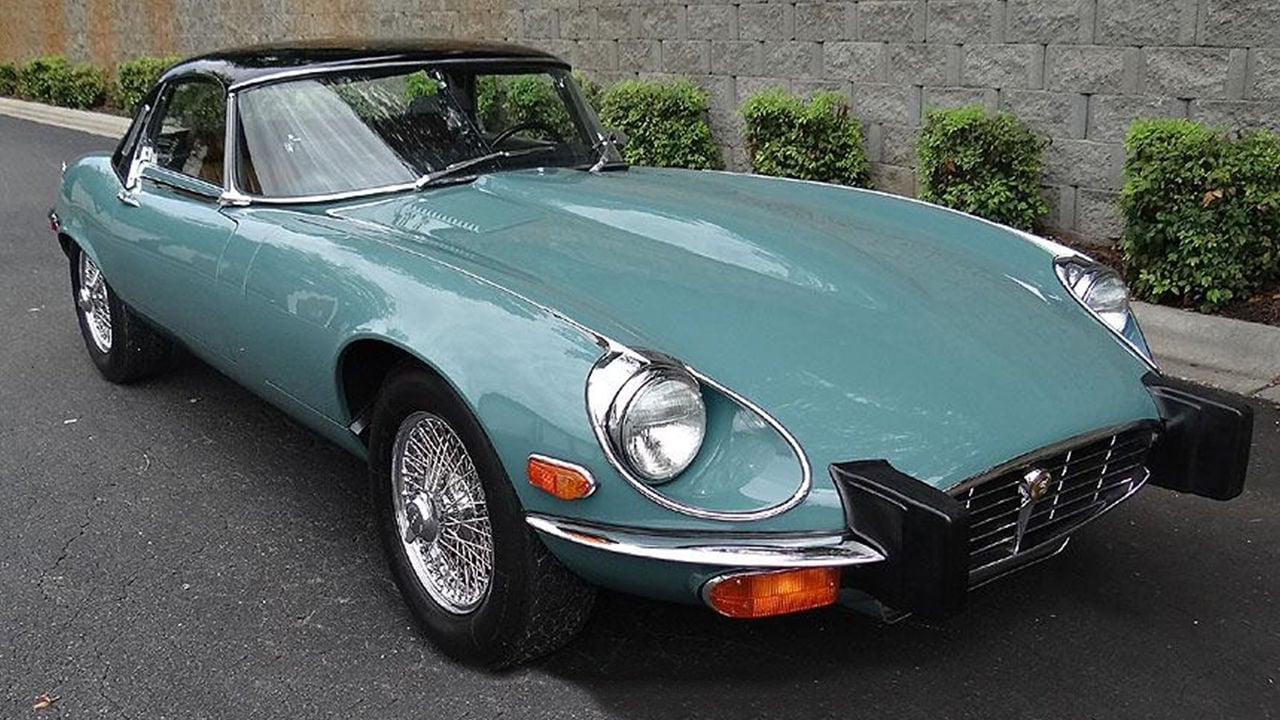
The Jaguar E-Type became famous for being the most beautiful car ever made. Early models had a straight-six engine, and most E-Type enthusiasts agree that those are better than the later V12-powered ones.
That being said, the V12 E-Type is still a gorgeous, highly collectible car. Reliability is outrageously poor, so it’s best enjoyed as a weekend car. Just make sure you carry the necessary tools with you so you can get back home, too.
Lamborghini Miura

Lamborghini changed the supercar game with the Miura, and they’re still playing by the same rules today with their mid-engined V12-powered cars. The Lambo Miura is commonly recognized as the first mid-engined supercar, and it just happens to be one of the most beautiful cars, too.
The engine was a 3.9-liter V12 unit first used in the front-engined 1963 350GT, and Lamborghini continued developing it until 2011, when it produced 660 horsepower in the Murcielago.
Aston Martin Valkyrie
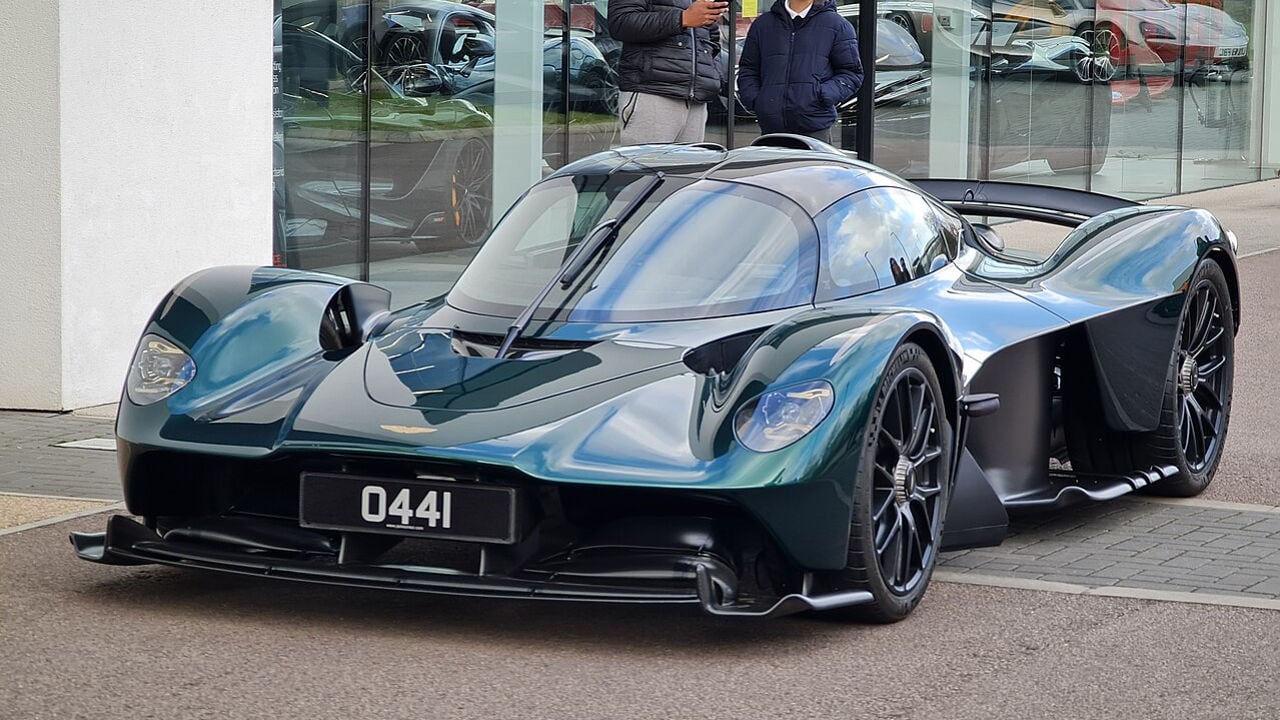
The Aston Martin Valkyrie is practically a road-legal F1 car, as it was developed in collaboration with the Red Bull Racing F1 team. It’s essentially a track car that can be driven on the road – provided that you’re among the super-wealthy individuals who can afford one.
Cosworth developed the naturally aspirated 6.5-liter V12 engine. It revs to 11,000 rpm and works alongside what’s probably the world’s most technologically advanced hybrid system.
Maserati MC12
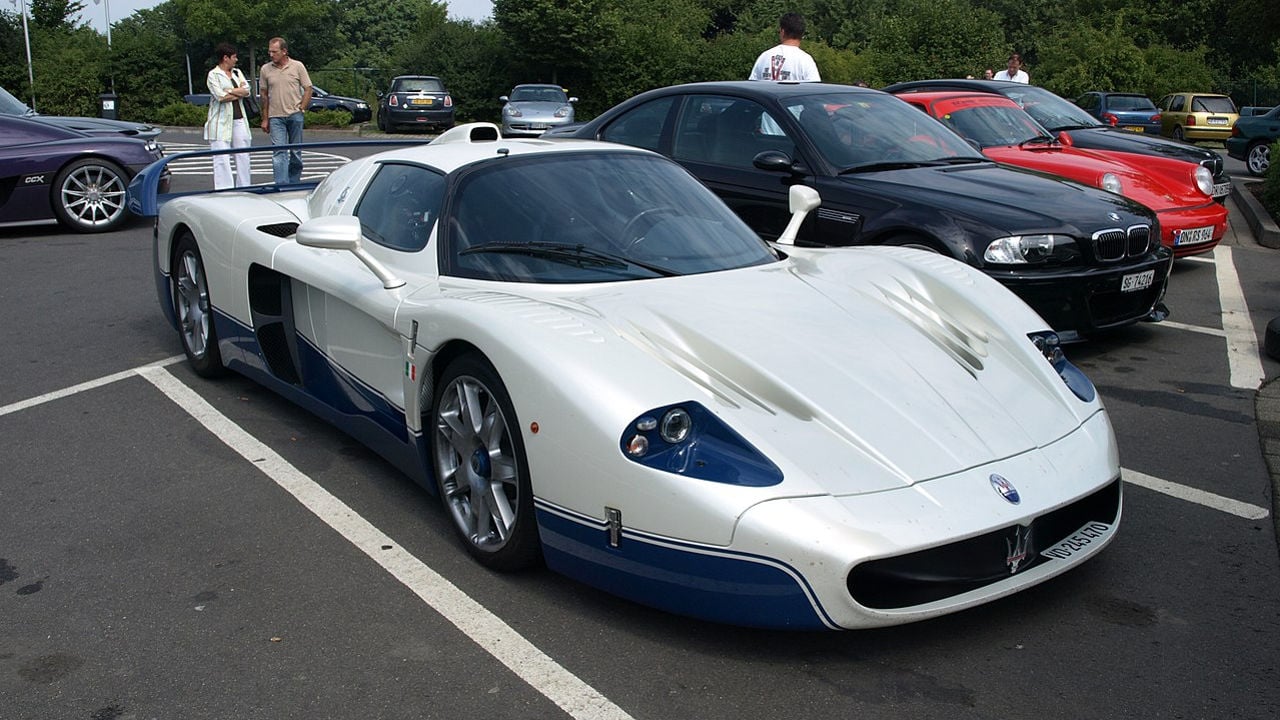
The MC12 was basically Maserati’s version of the Ferrari Enzo. We chose to go with the MC12 instead of the Enzo because the Maserati was a homologation special, and only 62 cars were built, whereas Ferrari made 400 Enzos.
When fitted in the Maserati MC12, the 6.0-liter V12 engine was as good as ever, and the car went on to be a highly successful racer. It started in 94 races and won 40 of them, bringing home six drivers’ championships, six teams’ titles, and two constructors’ titles in the process.
Jaguar XJR-15
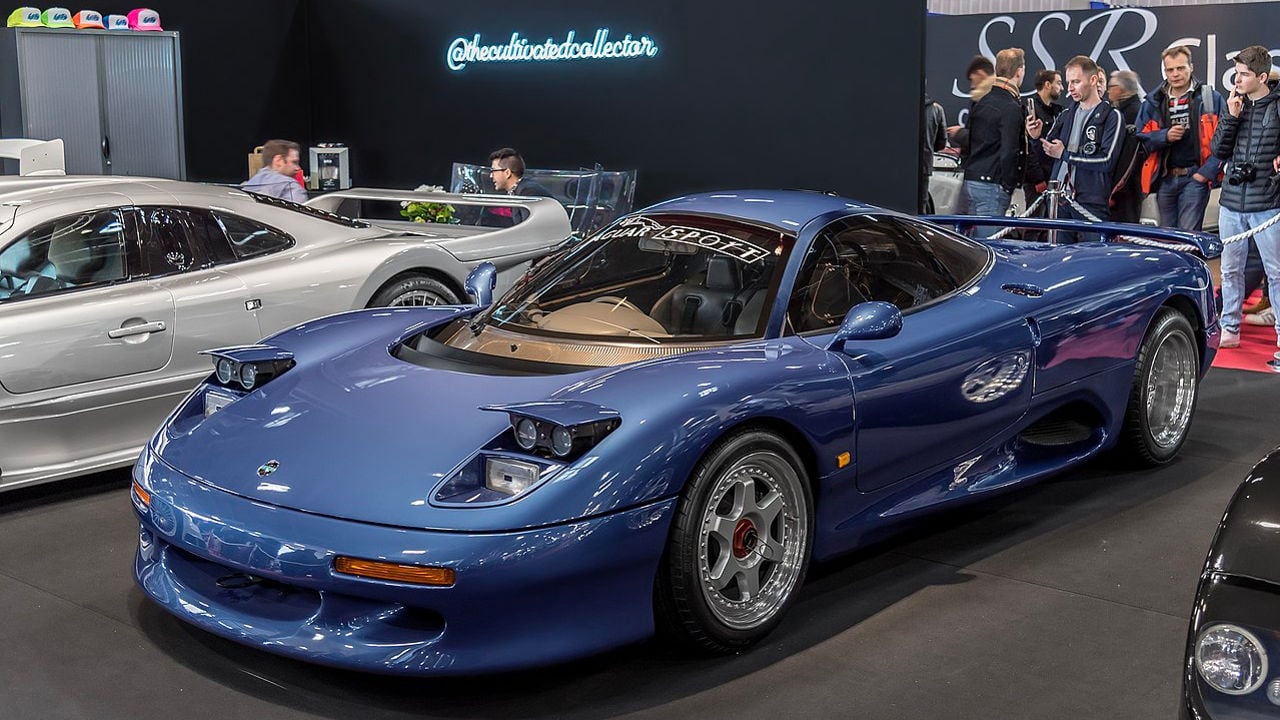
Jaguar initially promised that the XJ220 would have a V12 engine, but that didn’t happen. However, the XJ220 has a sibling that most gearheads have never heard of. It’s called the XJR-15; only 53 were built from 1990 to 1992, and this Jag supercar actually has a V12.
The XJR-15 was based on the XJR-9’s chassis – a solid choice since it won Le Mans. Peter Stevens, who later went on to help design the McLaren F1, designed the body. Jaguar then dropped a 450-horsepower 6.0-liter V12 in there to ensure it was as fast as it looked.
Lamborghini Diablo
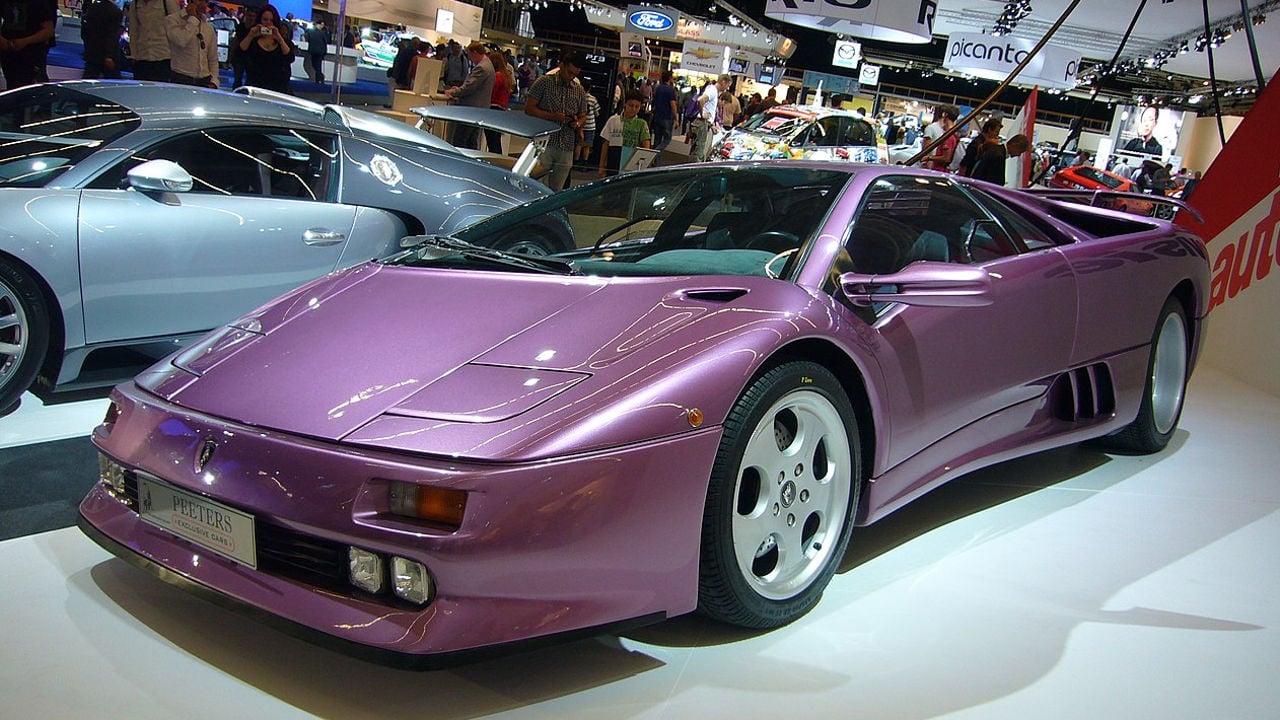
The Lamborghini Diablo doesn’t really need an introduction. It took over where the wedge-shaped Countach left off, and it remained in production for 11 years.
The Lambo Diablo had a 5.7-liter or 6.0-liter V12 in the middle, and thanks to its 485–600 horsepower, it became the first Lamborghini to smash through the 200mph barrier. Lamborghini initially hired Gandini to design the Diablo but didn’t like his work and had it tweaked. Gandini wasn’t happy about that, and his original design became the Cizeta-Moroder V16T.
Vector M12
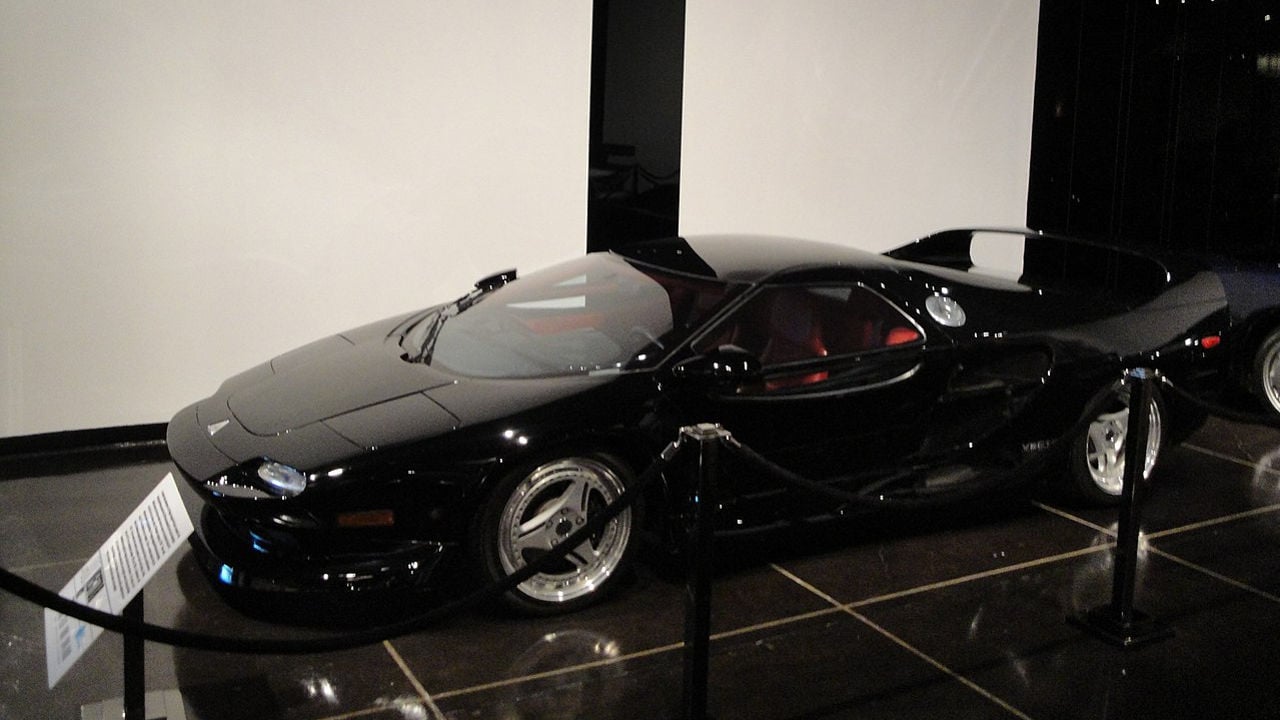
American carmakers are best known for their powerful V8 engines, but Vector decided to go in a different direction. Granted, the Vector W8 did have a twin-turbocharged V8, but the M12 received a Lamborghini V12 unit.
The Vector M12 and Lamborghini Diablo shared many similarities, as Megatech owned both carmakers at the time. One of their shared components was the 5.7-liter V12 engine, but Vector couldn’t pay for the engines, so production ended in 1999.
Ferrari 250 GTO
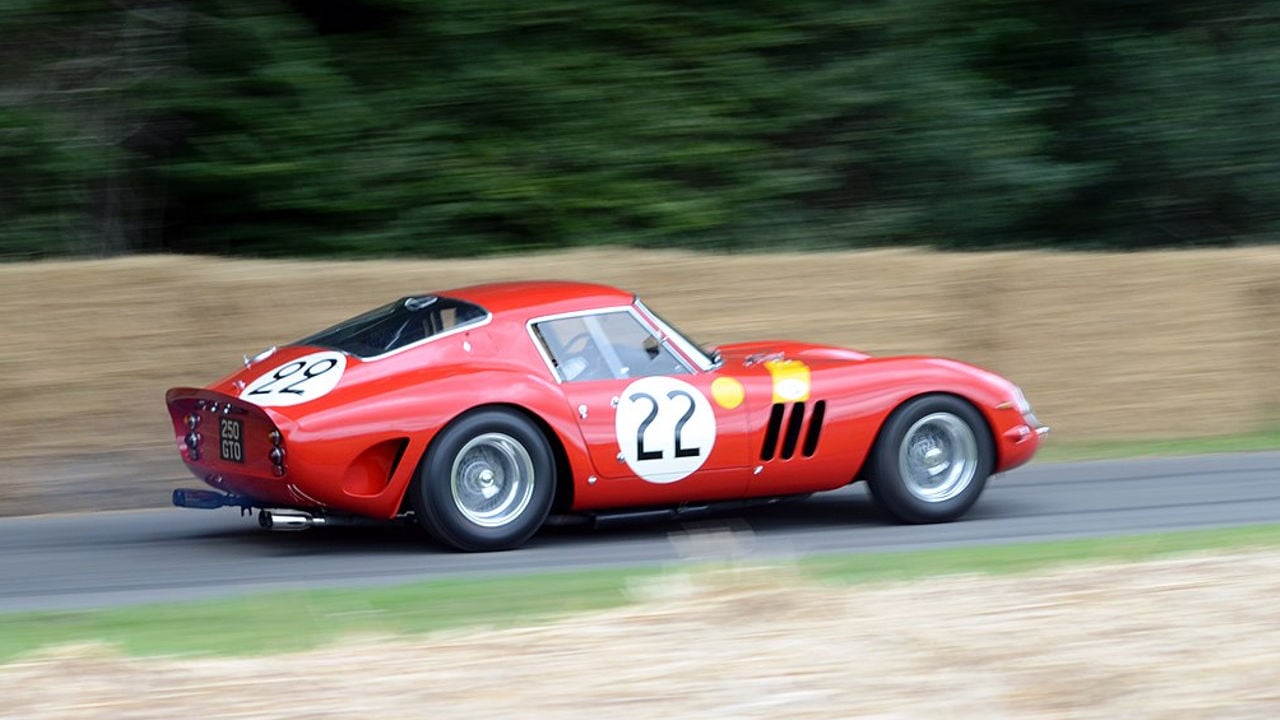
Ferrari produced the 250 GTO from 1962 to 1964 as a homologation special to race in FIA’s Group 3 Grand Touring Car series. In fact, that’s what GTO stands for – Grand Turismo Omologato, and 250 is the displacement of each cylinder, measured in cubic centimeters.
The 250 GTO was powered by Ferrari’s Tipo 168/62 Colombo V12 engine. Ferrari only built 36 cars during its production run, and in 2018, one of them set a price record when it sold for $70 million.
Jaguar XJ12
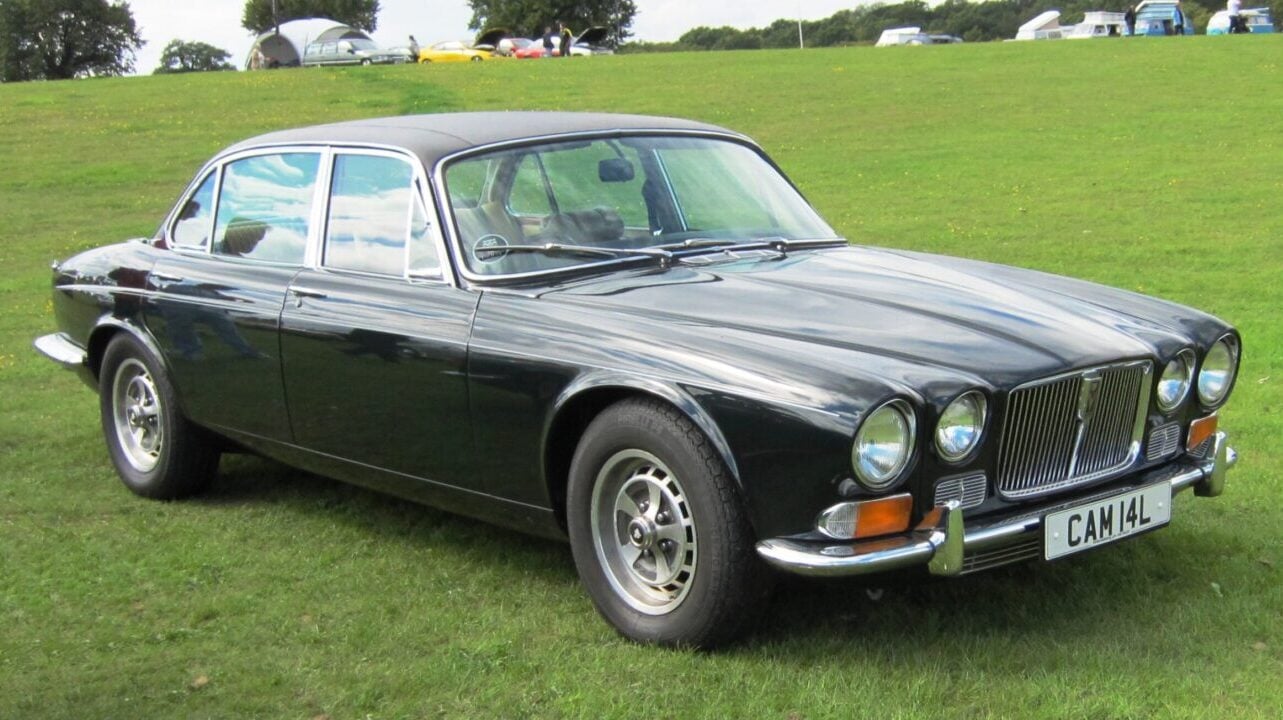
The Rolls-Royce Phantom and Toyota Century aren’t the only luxury cars that use a V12 engine. In 1972, Jaguar decided to fit the 5.3-liter V12 from the E-Type under the hood of its highly refined XJ series, resulting in the XJ12.
Although the XJ12 didn’t have as much power as the E-Type, the large luxury sedan still managed to reach a top speed of 140 mph without spilling the backseat passengers’ tea.
GMA T.50
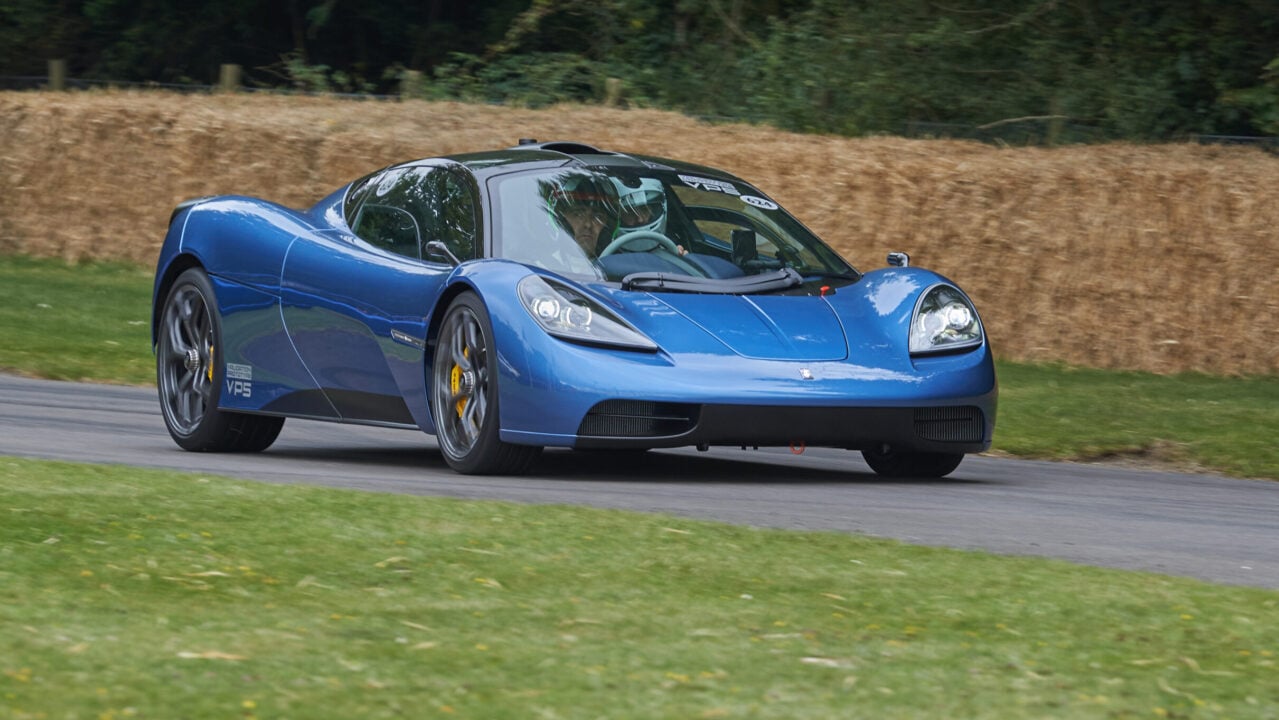
Gordon Murray is back at it! The man behind the McLaren F1, one of the most iconic V12-powered cars ever, has now created the GMA T.50. Somehow, he managed to make it even better than the F1.
Powering the T.50 is a bespoke naturally aspirated 4.0-liter V12 engine developed by Cosworth. It produces 654 horsepower at 11,500 rpm, and seeing as the T.50 has a dry weight of just 2,198 lbs, it has one of the highest power-to-weight ratios in its class.
Auto Union D-Type
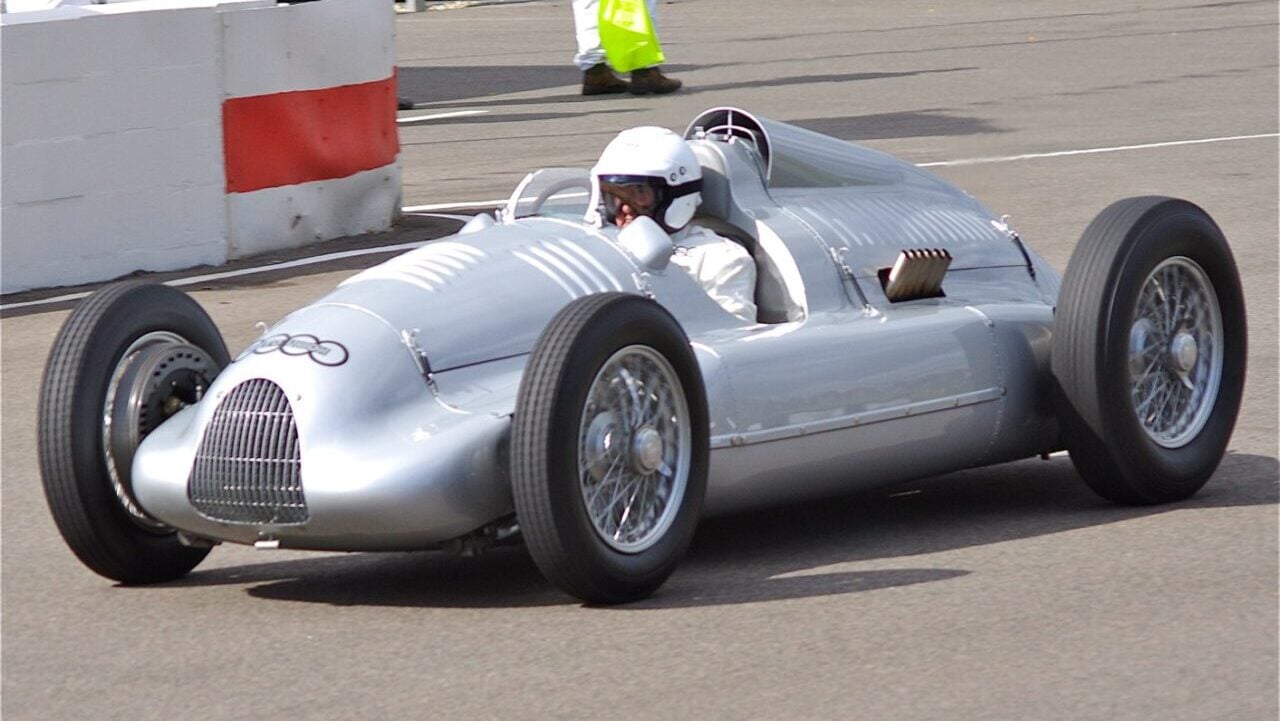
In the early 1930s, Auto Union’s Grand Prix race cars had massive V16 engines, but after the 1937 season, the rules changed, and engine displacement was now limited to 3.0 liters. Auto Union then decided to switch to twin-supercharged V12 engines, and they’re just as awesome as you think.
The twin-supercharged 3.0-liter V12 engines produced a whopping 550 horsepower, but it wasn’t enough to beat Mercedes and its Silver Arrows. 1939 would be the last season, as war erupted in Europe.
- SEO Powered Content & PR Distribution. Get Amplified Today.
- PlatoData.Network Vertical Generative Ai. Empower Yourself. Access Here.
- PlatoAiStream. Web3 Intelligence. Knowledge Amplified. Access Here.
- PlatoESG. Carbon, CleanTech, Energy, Environment, Solar, Waste Management. Access Here.
- PlatoHealth. Biotech and Clinical Trials Intelligence. Access Here.
- Source: https://teslatale.com/best-car-with-v12-engine/
